Coronavirus disease (COVID-19) is an infectious disease caused by a new virus. The disease causes respiratory illness (like the flu) with symptoms such as a cough, fever, and in more severe cases, difficulty breathing. You can protect yourself by washing your hands frequently, avoiding touching your face, and avoiding close contact (1 meter or 3 feet) with people who are unwell.
A novel strain of coronavirus — SARS-CoV-2 — was first detected in December 2019 in Wuhan, a city in China’s Hubei province with a population of 11 million, after an outbreak of pneumonia without an obvious cause. The virus has now spread to over 195+ countries across the globe, and was characterised as a pandemic by the World Health Organization (WHO) on 11 March 2020.
THE LATEST ON THE CORONAVIRUS
- Global cases of coronavirus infection pass 26,47,349+, doubling in a week
- Infection cases exceed 8,38,400 cases with 46,558+ reported deaths in the U.S.
- U.S on Saturday again records highest one-day 2371 death for any country.
- Global death toll surpassed 1,84,382
, according to Johns Hopkins - India implements 41 days nationwide lockdown on 24 march to 3 May 2020.
Click Below to Check Live Count :
As of 23 April 2020, there were
- 26,47,349 laboratory-confirmed cases of coronavirus disease 2019 (COVID-19) infection, 7,23,875 recovery with 1,84,382 reported deaths . The number of cases and deaths outside of China overtook those within the country on 23 April 2020.
As of 23 April 2020, there were 21,552+ confirmed cases of the virus in the INDIA and 700+ deaths.
As of 23 April 2020, there were 1950+ confirmed cases in Rajasthan.

Pharmacists are likely to come across worried patients, and those with cold and flu symptoms which may appear similar to those of COVID-19. This article gives a brief overview of the new virus and what to look out for.
At this time, there are no specific vaccines or treatments for COVID-19. However, there are many ongoing clinical trials evaluating potential treatments. WHO will continue to provide updated information as soon as clinical findings become available.
Symptoms of Coronavirus (COVID-19):
People may be sick with the virus for 1 to 14 days before developing symptoms. The most common symptoms of coronavirus disease (COVID-19) are fever, tiredness, and dry cough. Most people (about 80%) recover from the disease without needing special treatment.More rarely, the disease can be serious and even fatal. Older people, and people with other medical conditions (such as asthma, diabetes, or heart disease), may be more vulnerable to becoming severely ill.
The COVID-19 virus affects different people in different ways. COVID-19 is a respiratory disease and most infected people will develop mild to moderate symptoms and recover without requiring special treatment. People who have underlying medical conditions and those over 60 years old have a higher risk of developing severe disease and death.
Common symptoms include:
- fever
- tiredness
- dry cough.
Other symptoms include:
- shortness of breath
- aches and pains
- sore throat
- and very few people will report diarrhoea, nausea or a runny nose.
It may take 2–14 days for a person to notice symptoms after infection.
People with mild symptoms who are otherwise healthy should self-isolate and contact their medical provider or a COVID-19 information line for advice on testing and referral.
People with fever, cough or difficulty breathing should call their doctor and seek medical attention.
The National Institutes of Health (NIH) suggest that several groups of people have the highest risk of developing complications due to COVID-19. These groups include:
- young children
- people aged 65 years or older
- women who are pregnant
The CDC advise that although there have been reports of complications in young children, these are rare. COVID-19 most commonly produces mild symptoms in children.
To prevent infection and to slow transmission of COVID-19, do the following:

Help stop coronavirus
- HANDS Wash them often
- ELBOW Cough into it
- FACE Don’t touch it
- SPACE Keep safe distance
- HOME Stay if you can
- Wash your hands regularly with soap and water, or clean them with alcohol-based hand rub.
- Maintain at least 1 metre distance between you and people coughing or sneezing.
- Avoid touching your face.
- Cover your mouth and nose when coughing or sneezing.
- Stay home if you feel unwell.
- Refrain from smoking and other activities that weaken the lungs.
- Practice physical distancing by avoiding unnecessary travel and staying away from large groups of people.
Does the pneumonia and HIV vaccine provide any protection against COVID-19?
There is no antibiotic (they are designed for bacterial infections, not viral ones) to treat COVID-19. Scientists are already working on a vaccine, but we don’t expect to have a good vaccine until spring of 2021 at the earliest. However, ongoing trials in China suggest that there are some existing antiviral drugs that may be helpful for the sickest patients. In fact, the University of Chicago is part of a multi-institutional team that has mapped a protein of SARS-CoV-2 and found drugs previously in development for SARS could be effective for COVID-19.
For now, doctors can only treat the symptoms, not the virus itself.
Similarly, the pneumonia vaccine protects against a type of bacterial pneumonia, not the COVID-19 virus. However, it’s still important to get the pneumonia vaccine – particularly if you’re over 65 or have a compromised immune system. It can keep you safe from other illnesses that are circulating or shorten the severity of your sickness if you contract bacterial pneumonia.
How long can the virus survive on surfaces?
It can last up to 72 hours on plastic and stainless steel, up to 24 hours on cardboard and four hours on copper, according to a study in the New England Journal of Medicine by U.S. government and academic scientists. But it degrades quickly, said Vincent Munster, a virologist with the National Institute of Allergy and Infectious Diseases who led the research.
The study also showed that the virus can survive in small droplets, known as aerosols, for about three hours, though it disintegrates over time. These droplets are small enough to remain suspended in the air for half an hour to an hour, depending on air flow, Dr. Munster said.
Wipe down countertops, doorknobs and other commonly touched surfaces frequently. Regular household disinfectant wipes and cleaners kill the virus.
2020 coronavirus pandemic in India:
This article documents a current disease pandemic.
The latest updates to this article may not reflect the most current information.
Helpline Number Toll free: 1075
+91-11-23978046
Helpline Email ID : ncov2019[at]gov[dot]in OR
ncov2019[at]gmail[dot]com
The first case of the 2019–20 coronavirus pandemic in India was reported on 30 January 2020, originating from China. As of 23 April 2020, the Indian Council of Medical Research and Ministry of Health and Family Welfare has confirmed a total of 21,552+ cases, 4400+ recoveries, 1 migration and 700+ deaths. in the country. The infection rate of COVID-19 in India is reported to be 3.5, which is remarkably lower than in the worst affected countries.
The outbreak has been declared an epidemic in more than a dozen states and union territories, where provisions of the Epidemic Diseases Act, 1897 have been invoked, and educational institutions and many commercial establishments have been shut down. India has suspended all tourist visas, as a majority of the confirmed cases were linked to other countries. The government has also issued lockdown country where confirmed COVID-19 cases have been reported till 23 April.
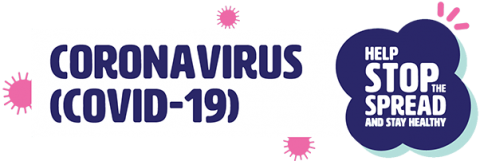


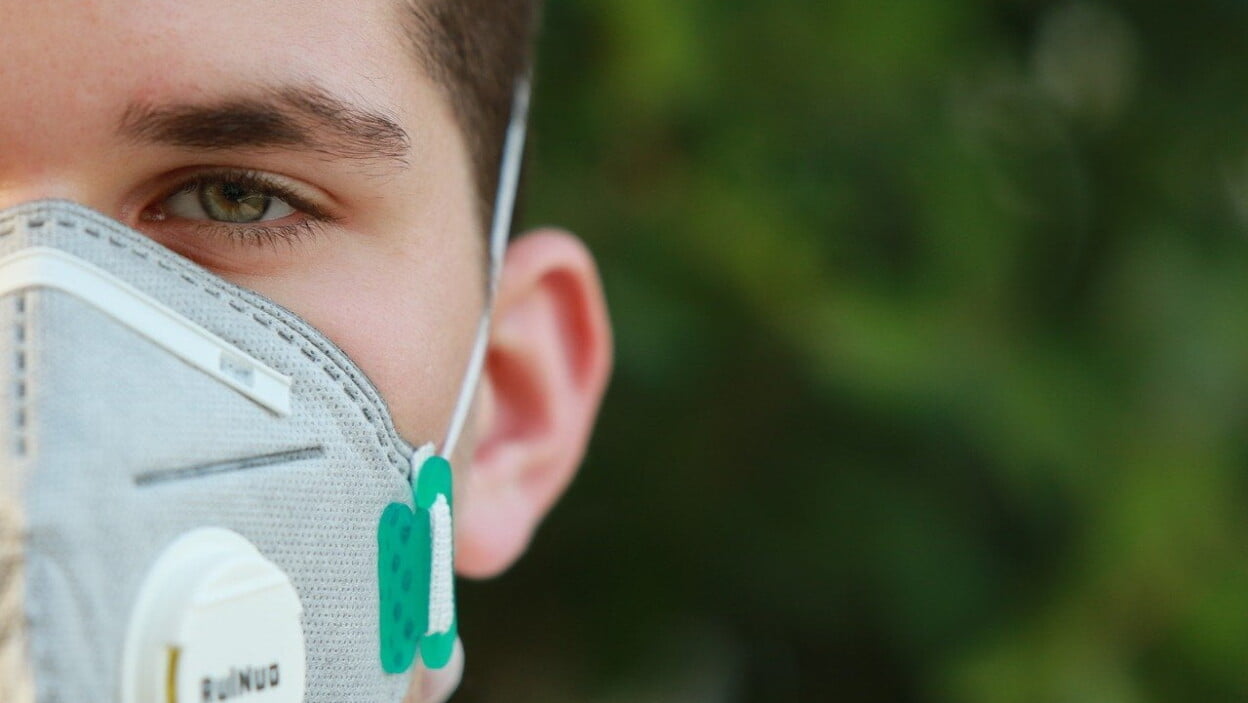


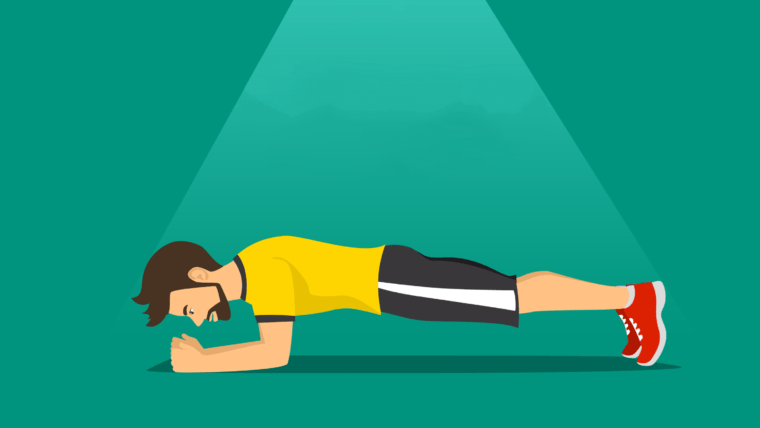
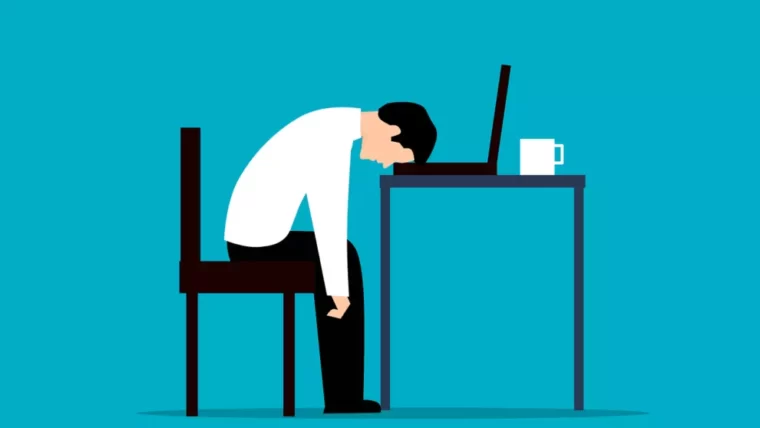
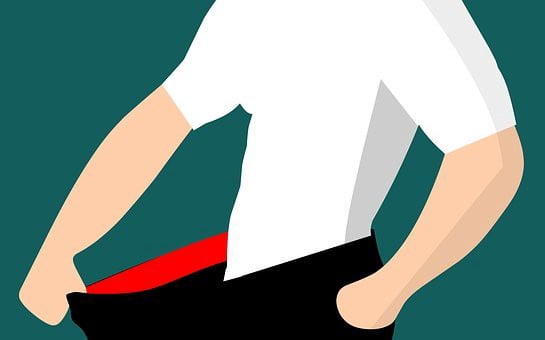


How to Choose your friends wisely – 10 Tips
How to Know if a Girl Likes You: 15 Ways to Find Out
How to Avoid Distractions While Studying: 12 Proven Tips
25+ Motivational Quotes By Famous People For Your Success
Top 5 Freelancing Websites To Earn Online in Pandemic
Make Your Girlfriend Happy
Motivation for Men: Facts, Secrets, and Success Mantra
10 Real Ways To Make Money From Home For Free